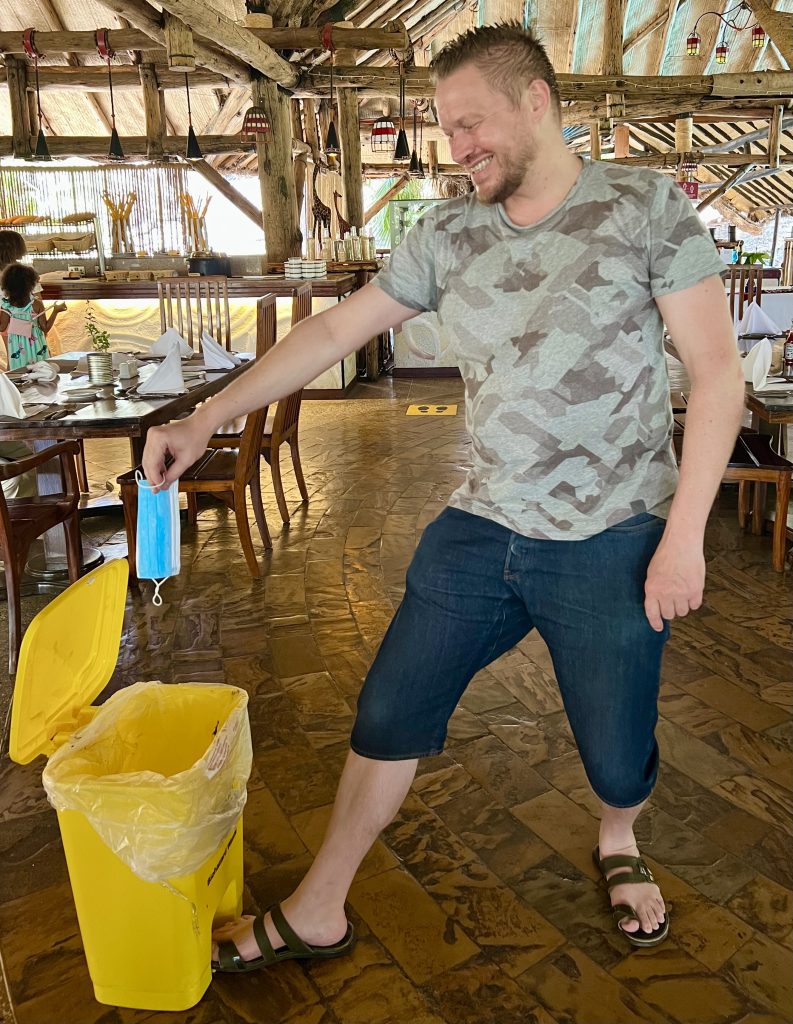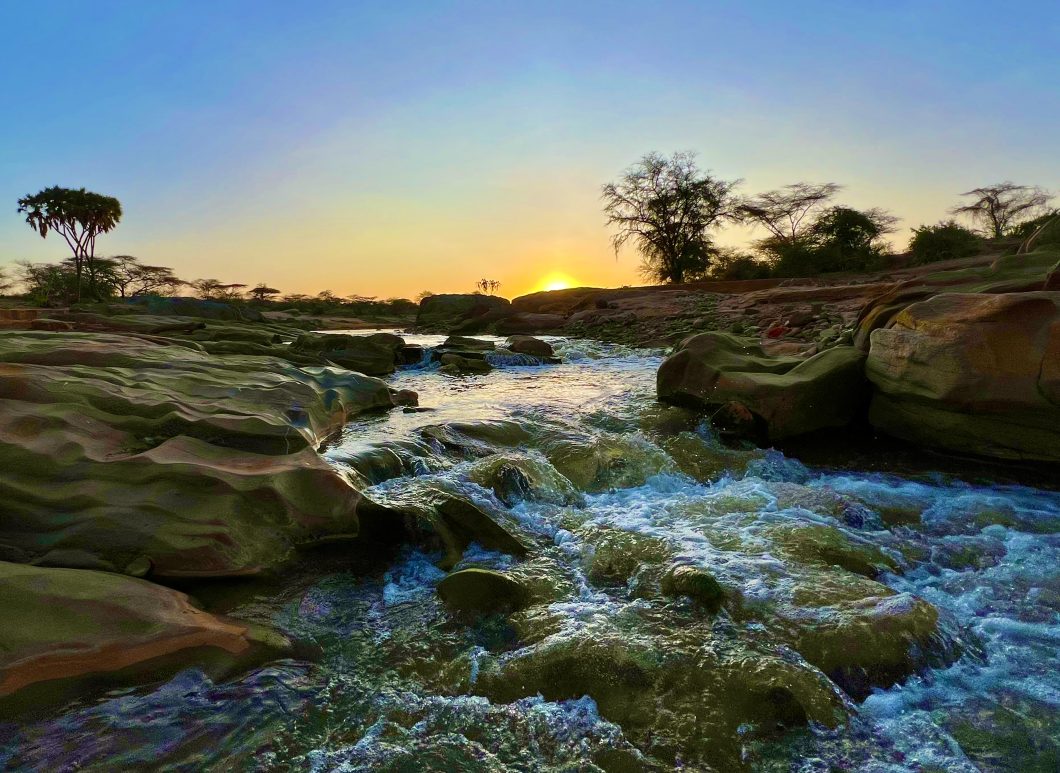Exploring the Untamed Beauty of Shaba National Reserve
Shaba National Reserve is rarely on the itinerary of a first-time visitor to Kenya. Then again, I avoid the beaten track, so it sounded just right for me to explore it!
Located on the north side of Mount Kenya, Shaba can be accessed either through the eastern Meru side or the western Nanyuki side by road from Nairobi. Along the western route and on the north side, you get som splendid peak views of the Mountain of Ostriches, or Kirima Kĩrĩ Nyaga in Gĩkũyũ. Some British settlers in the early 20th century, presumably trying to pronounce Kĩrĩ Nyaga after too many gin tonics, ended up simplifying the name of this majestic mountain to “Kenya” which went on to become the name of the whole erstwhile colony.




Isiolo town, on the north side of the mountain, is the HQ of the eponymous Isiolo County and considered the Gateway to Northern Kenya. It is also also an upcoming nexus in the country’s infrastructure, as the intersection point for roads and railways in the LAPSSET project, connecting Ethiopia and South Sudan the Lamu Port in Kenya by road and railway.
The sceneries along the road are lush, green, and rich in farmlands and forests up until Isiolo. Past it, the landscape turn barren and arid as you enter Northern Kenya. Just a few hundred meters before you reach the Easo Ngiro River, a dirt road heading eastwards takes you to the Shaba National Reserve.






Shaba is dotted with natural springs, thanks to underground rivers from Mount Kenya. The characteristic doum palms here produce allegedly tasty fruits that the local Samburu enjoy, but are shunned by everyone else. Since none of the people in the tourism industry were locals, inquiries about where we could taste the doum palm fruit were met with smiles and shrugs.
When traveling in Kenya, never miss out on a chance to do a game drive! This was one such opportunity, so we knew what to do. While Shaba National Reserve itself didn’t boast much wildlife in the dry season, the neighboring reserves were another story.





Samburu National Reserve
Shaba is separated from Buffalo Springs National Reserve by the A2 highway (part of Trans-African Highway 4). On the northern side of the Ewaso Ngiro River lies the much more famous Samburu National Reserve. The iconic Samburu Gate is located just outside Archer’s Post, a nondescript village named after former colonial administrator Geoffrey Archer. Enter, and you find yourself in what is arguably Northern Kenya’s most famous park.
Samburu features a wide selection of animals, including lions, leopards, elephants and buffalos. The reserve also boasts some relatively rare species, like the Grévy’s Zebra, and the Beisa Oryx. The animals, however, were rather shy and hard to get close to. According to our guide, the dry weather was at least partly to blame.
While Shaba boasts few lodgings beyond the Sarova, Samburu is dotted with upscale boutique lodges along the river. Then again, it is also receives more tourists by far than its less famous neighbor.
Sundowners by the Ewaso Ngiro River
We finished off the game drive just in time for another epic attraction: Sundowners at the river bed. The at times mighty Ewaso Ngiro river becomes a mere trickle during prolonged droughts, causing big parts of the riverbed to dry up. That was that the case during our visit, so why not have a sundowner there? Some bubbly, a bonfire, and live guitar music to go with the sunset. That’s the kind of stuff memories are made of!



Sarova Shaba Lodge
A lodge like Sarova Shaba Game Lodge obviously offers a spa, massage services, a nice restaurant, and amazing staff. The property is situated along a river with crocodiles just outside the fence. The herders who bring their camels to the river, however, seem unbothered by the giant reptiles.

After two years of Covid restrictions, the government of Kenya finally announced the lifting of the mask mandate on our second day at Sarova Shaba. A moment of joy that I obviously had to share with a picture of me throwing my mask in the dustbin. Some Twitter fashionistas instantly started a debate about whether I should ditch my Giuseppe Zanotti sandals for Dr. Martens, but to each their taste!
The road between Nyeri and Thika has been a hellhole of traffic jams in recent years. With the ongoing dualing into a four-lane dual carriage highway, some sections have already improved significantly. For a more scenic drive, there is also the Mau Mau Road (that name must have some old Brits fuming!), winding in endless curves along the hills from Nyeri to Thika. If you are not in a rush to get back to Nairobi on time, then that is definitely the better option!
Oh, and by the way: If you are driving between Nairobi on the west (Nanyuki) side, don’t miss Trout Tree. It’s a must-visit! This unique restaurant, built in a fig tree, features river trout prepared in a dozen different ways. Whether you pass by at the start or end your trip, this will be a memorable stopover!




